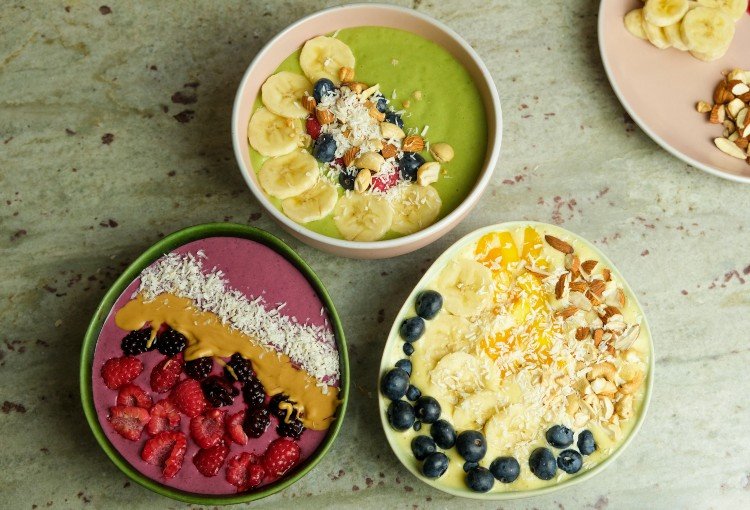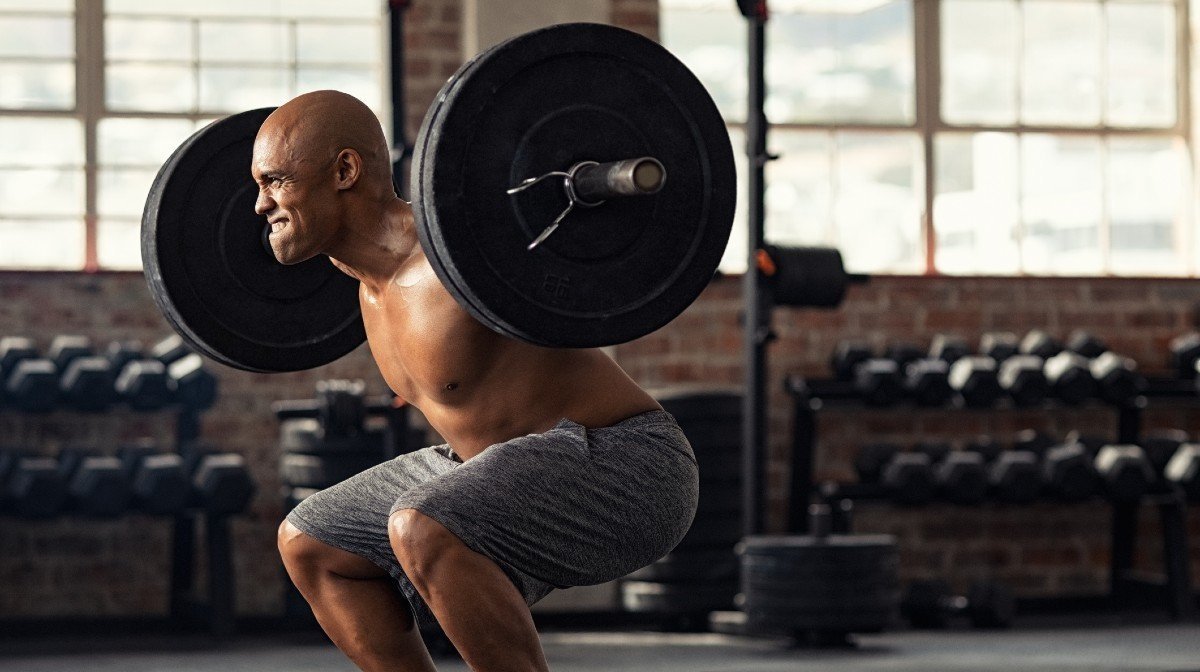For some people, being able to say “I couldn’t go to the gym because it’s closed” can become an excuse – and who can blame them? For others, it’s a nightmare come true. But not being able to go to the gym does not mean that your goals in terms of body composition have to be postponed; it just means that you may have to make some changes to your usual routine.
The closed gym should not be a decisive factor that prevents you from realizing your plans. Home training plans are everywhere, the once neglected cardiovascular training has become part of many people’s daily lives and the importance of rest days has finally become embedded in our consciousness. Fortunately, changing your diet is just one way to keep making progress.
The macronutrients
Several factors are taken into account to calculate the percentage of each macronutrient needed in our diet when we want to achieve a given goal.
These include the amount and type of exercise we do, our normal daily movements and the body composition we aim for.
Lack of access to a gym can mean that your ideal macronutrient ratio can change.
Carbohydrates
Carbohydrates are the body’s main source of energy. While gymnasts may decide to consume between 40% to 60% of their daily energy in the form of carbohydrates, endurance athletes typically need more carbohydrates to maintain their energy levels.
If your workouts at home focus on high intensity interval training or include more running, cycling or other endurance related activities, it may be necessary to increase the dose of carbohydrates you consume. This typically translates to something like 50% to 70% of total calories. 1
Opt for complex carbohydrates, such as bananas, brown rice or chickpeas. Foods like these provide a slow release of energy, meaning the food is processed over a longer period of time, which is ideal for resistance exercise, which requires a constant flow of energy.
Proteins
When the gym is no longer an option, we can explore weightlifting as part of training at home. If you do weight lifting at home, it is recommended that you continue to consume the same amount of protein as when you train in the gym, as you will continue to develop muscle mass and your body will benefit from an adequate dose of protein.
If you replaced weight lifting with cardiovascular exercise, you may prefer a lower percentage of proteins, like 15-20%, to give more space to energy from carbohydrates, which will feed those long journeys. 2
Lipids

The general recommendation for lipid intake is approximately 20% to 40% of our total daily energy consumption. 3
While focusing on muscle mass gains will mean maintaining protein intake, changing your exercise routine to include more cardiovascular exercise may result in the need to increase your fat intake, not least because fat provides the greatest energy concentration per gram.
They are typically viewed negatively, but as long as you opt for the healthiest unsaturated fats and don’t fall into an excess of saturated fat, this macronutrient will increase your energy reserves for resistance training.
When to eat
One of the benefits of not being able to go to the gym is that we don’t need to plan our schedule accordingly. If you would normally go to the gym in the middle of the morning to avoid flooding, or work out late at night to avoid the crowd when you leave work, this is your opportunity to train at any time you want, without limitations due to the influx of people to the gym.
We recommend that you eat little at a time but often, consuming food 4 to 6 times a day.
For some people, this can be difficult to accomplish when they have to organize meals according to training hours, to reduce the risk of the dreaded “donkey pain”.
Training at appropriate times of the day also means that you can eat at reasonable times, leaving enough time between each meal and exercise to allow proper digestion. After determining what time you want to train, simply plan your meals accordingly. You will be able to improve your daily schedule.
Serving sizes
Giving up access to the gym can translate into a change in the balance between your consumption and energy expenditure. Regardless of whether or not you are trying to gain or lose weight, you may need to reduce your energy intake if you cannot maintain your usual activity levels.
One way to do this is to reduce portion sizes: to maintain the routine, reduce the quantities instead of eliminating meals. This will help you stay focused on your body composition goals and keep your diet plan as normal as possible.
Final Message
To summarize, the closed gym does not mean the end of the world, nor of your goals in terms of body composition. Depending on the changes to your fitness regime, you may find that you can include new foods in your diet and try recipes that previously did not meet your nutritional criteria.
Remember that changing your nutrient requirements, even temporarily, is a new challenge and a way of reaffirming your dedication to your goals.


Be First to Comment